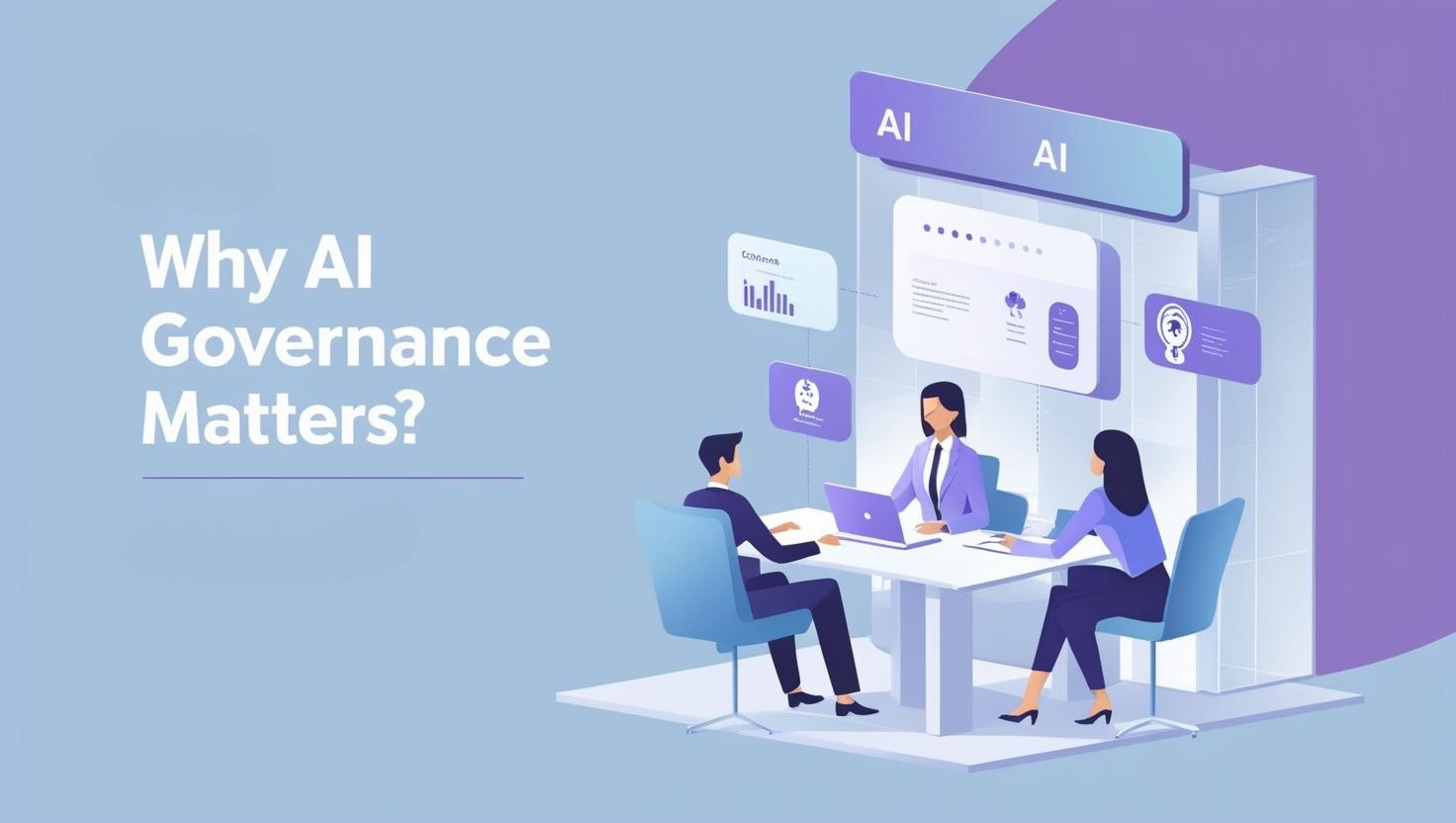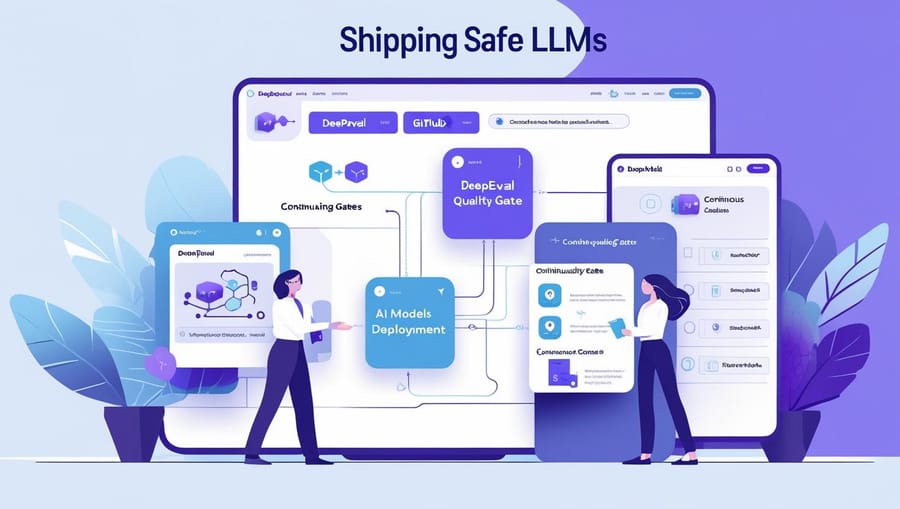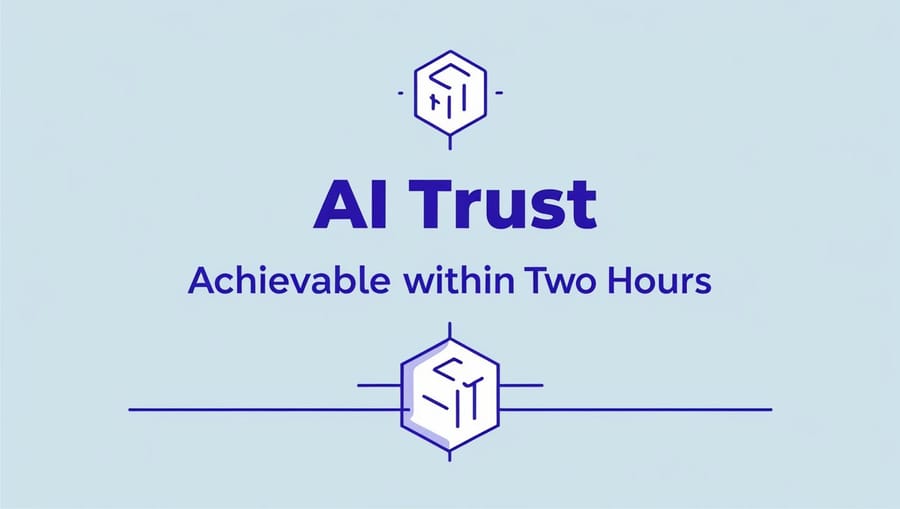The AI Revolution and the Governance Gap
AI is transforming industries at an unprecedented pace, from automating workflows to enhancing decision-making. But with great power comes great responsibility. Are enterprises prepared for the ethical, regulatory, and operational challenges AI brings? As regulatory frameworks like the EU AI Act and NIST AI Risk Management Framework take shape, organizations must adopt structured AI governance to mitigate risks and ensure compliance.
What Is AI Governance?
AI governance refers to the policies, frameworks, and processes that guide the ethical and responsible development, deployment, and monitoring of AI systems. It encompasses:
- Risk Management: Identifying and mitigating AI-related risks.
- Compliance & Regulation: Aligning with global standards (NIST, EU AI Act, ISO, etc.).
- Ethical AI Practices: Ensuring fairness, transparency, and accountability.
- AI Lifecycle Management: Monitoring AI models from development to deployment and beyond.
Why AI Governance Is Essential for Enterprises
1. Regulatory Compliance & Avoiding Fines
With AI regulations becoming more stringent, companies face hefty penalties for non-compliance. The EU AI Act, for instance, imposes fines up to 6% of global turnover for violations. Enterprises must implement governance structures to stay compliant and avoid legal repercussions.
2. Mitigating AI Risks
AI can introduce risks such as bias, security vulnerabilities, and model drift. Without governance, organizations may unknowingly deploy flawed models, leading to reputational damage and financial losses. A structured governance approach includes:
- Bias Audits to ensure fairness.
- Security Assessments to protect AI from cyber threats.
- Model Monitoring to detect performance degradation over time.
3. Enhancing Trust & Transparency
AI systems often operate as "black boxes," making it difficult to understand their decision-making processes. AI governance frameworks emphasize explainability, helping enterprises build trust with customers, stakeholders, and regulators by ensuring:
- Interpretable AI models
- Transparent decision-making processes
- Accountability in automated decisions
4. Future-Proofing AI Investments
Enterprises investing in AI must ensure long-term sustainability. Poor governance can lead to failed AI initiatives, regulatory crackdowns, and financial setbacks. Implementing governance from the start helps businesses:
- Scale AI responsibly
- Adapt to evolving regulations
- Maintain ethical AI practices
Real-World AI Governance Applications
Finance: Reducing Bias in Credit Decisions
Financial institutions use AI for credit scoring, but biased models can lead to unfair lending practices. AI governance ensures compliance with regulations like the Fair Lending Act, mandating transparency and fairness in automated decision-making.
Healthcare: Ensuring Patient Safety
AI-powered diagnostics improve healthcare, but errors in AI predictions can endanger lives. Governance ensures that AI models undergo rigorous validation, bias testing, and continuous monitoring to maintain accuracy and reliability.
HR: Ethical AI in Hiring
Companies use AI-driven hiring tools to screen candidates, but biased algorithms can lead to discrimination. AI governance frameworks ensure that recruitment AI aligns with Equal Employment Opportunity (EEO) standards and is free from discriminatory biases.
Cybersecurity: AI-Powered Threat Detection
AI enhances cybersecurity by detecting threats in real time, but without governance, these systems may generate false positives or overlook critical threats. AI governance mandates rigorous testing and continuous adaptation to evolving cyber risks.
How Enterprises Can Implement AI Governance
- Establish AI Governance Policies: Define ethical principles, risk management strategies, and compliance requirements.
- Adopt a Governance Framework: Align with NIST AI Risk Management Framework, ISO 42001, or the EU AI Act.
- Implement AI Risk Assessments: Regularly evaluate AI systems for bias, fairness, and security vulnerabilities.
- Ensure Transparency & Explainability: Provide documentation and explanations for AI-driven decisions.
- Monitor AI Performance Continuously: Use AI lifecycle management tools to track performance and mitigate model drift.
Final Thoughts: Governance as a Competitive Advantage
In 2025 and beyond, AI governance isn’t just about compliance—it’s a business imperative. Enterprises that proactively implement AI governance frameworks will gain a competitive edge by fostering trust, reducing risks, and ensuring AI-driven innovation remains ethical and sustainable.






